Iran’s economy has continued its gradual recovery in 2021-22, following the rebound in domestic and external demand, reads the latest executive summary of World Bank’s new publication Iran Economic Monitor.
The summary highlighted that Iran’s gross domestic product (GDP) grew by 4.7% in 2021-22, marking seven consecutive quarters of year-on-year growth.
The recovery in global oil demand along with the pickup in Iran’s oil exports drove a strong expansion in oil production of 10.1% YOY during this period. Less strict containment measures and an accelerated vaccination rollout led to a 6.5% expansion in services — the main driver of non-oil growth (3.9%) in 2021-22. However, unprecedented droughts and energy shortages led the labor-intensive agriculture and construction sectors to contract. As such, despite experiencing two years of economic growth, total employment has yet to recover to its pre-pandemic level, especially among women, it added.
The full text of the summary follows:
Despite a more accommodative fiscal policy in 2021-22, higher oil and tax revenues have improved the fiscal deficit-to-GDP ratio. In 2021-22, the government’s general budget resources (expenditures plus acquisition of financial assets) grew by 78% within the range of the two scenarios envisioned in the budget. The growth in expenditures was driven by an increase in public sector wages, adjustments to pension payments to compensate for the loss of purchasing power due to inflation and rising import costs. On the revenue side, planned oil revenues are reported to have been fully realized in 2021-22 due to higher oil prices and oil export volumes in the second half of the year.
Despite some challenges, efforts toward domestic revenue mobilization and expanding the tax base helped improve non-oil revenues. Tax revenues met their planned budget target, in part aided by the impact of inflation on the nominal growth of the tax base. As a result, the fiscal deficit is estimated to have moderated to 5.3% of GDP in 2021-22 from 6.3% of GDP in 2020-21.
Consumer price inflation accelerated due to a combination of supply-push and demand-pull factors, adding to pressures on the welfare of lower-income households. In 2021-22, Iran marked its third consecutive year of annual inflation of above 35%, driven by a rapid growth in monetary aggregates, inflationary expectations and rising global commodity prices. Headline and core inflation climbed to 40.2% and 36.7% in 2021-22, respectively, with headline inflation registering the highest rate in a decade. The surge in food prices following the war in Ukraine added to inflationary pressures and increased the fiscal burden of subsidized food imports. In response to the growing food import bill, the authorities ended the import subsidies for some essential goods, increased the guaranteed purchase price for domestically produced wheat and raised the administered price of certain food items to reduce smuggling.
To mitigate the impact on consumers, these measures were combined with the introduction of additional cash transfers and announced plans for the deployment of electronic coupons for the purchase of essential food items. These measures led to monthly inflation increasing to 12.2% in June 2022 month-on-month (MOM) — a record high for monthly inflation. Food prices increased by 25% MOM, which was felt most by lower income deciles and in rural areas.
Growth Outlook
GDP growth is projected to remain modest in the medium term, as the economy remains constrained by both global and domestic growth bottlenecks.
Higher inflation is forecast to weigh on consumption and keep demand sluggish after an initial post-pandemic rebound. Growth projections for Iran in 2022–24 have improved with higher projected oil prices and oil market supply gaps that allow the country to produce more oil and petroleum products to meet export demand. The non-oil sector is also expected to benefit from spillovers from higher oil export proceeds. However, the continuation of sanctions, subdued net capital formation, particularly in the oil sector, energy shortages, global inflation and the scarring effects of the pandemic on the labor market limit growth prospects.
A more favorable global oil market outlook is projected to improve Iran’s fiscal and external balances. Higher projected oil prices in the outlook period and growth in oil export volumes, considering the tighter global oil market, are forecast to improve oil revenues. However, high growth in expenditures due to a growing wage bill and pension spending as well as higher food import costs and additional cash transfers are projected to keep the fiscal balance in a deficit of 4.4% of GDP per year in 2022–24. Iran’s current account balance is also forecast to remain in surplus over the medium term due to improved oil market conditions.
Significant Risks
Iran’s economic outlook is subject to significant risks. On the upside, further increases as well as sustained high oil prices can result in higher oil export revenues. If oil markets seek all available supply to ease price pressures, stronger demand could also lead to higher oil export volumes, thereby further improving fiscal and external balances. If economic sanctions are significantly eased or removed following a breakthrough in nuclear negotiations, this could further improve Iran’s economic prospects and curb inflationary expectations. Downside risks relate to the impact of surging global food prices, the resurgence of new Covid-19 variants, and a worsening of the climate change impact. Soaring global food prices due to the war in Ukraine, if prolonged, could heavily impact crop and fertilizer supplies and raise food security risks. Further price increases would add to Iran’s import bill and put more pressure on the government and its limited accessible foreign exchange reserves. Persistent high inflation, if unmitigated, would increase pressures on lower-income deciles and adds to existing social grievances.
Addressing long-term development challenges, including impending climate change shocks, requires a comprehensive package of economic reforms complemented by adequate social protection measures. Economic policies could be better geared toward creating much-needed jobs. This could be achieved through investment in infrastructure, especially in under-developed regions, stimulating private sector activity via an improved business environment and reducing distortive pricing interventions. Decarbonizing infrastructure, transition toward sustainable sources of energy and accelerated adoption of climate-smart water and agriculture interventions will also be key in managing climate change risks. Rightsizing current expenditures, including reforming domestic energy prices and increasing tax revenues through the removal of exemptions, addressing tax evasion and improving value-added tax collection can create much needed fiscal space. Relatively low public debt allows the government to finance its deficit by issuing government bonds within a well-defined medium-term fiscal framework; this reduces reliance on banks’ resources or the central bank’s balance sheet.
To address the potential income and distributional impact of reforms, the most vulnerable households need to be protected by well-targeted social safety transfers.
Preparing for an Uncertain Water Future
Iran is a water-stressed country where consumption outstrips natural regeneration. Climate change will widen the water supply and demand gap, worsening water challenges for Iran and its neighbors.
Irrigated agriculture consumes the greatest share of water (92%), but that water is not used well in Iran: Agricultural water productivity is one of the lowest in the region. Climate change will negatively affect the gross domestic product (GDP), demand for labor, and food prices. According to the World Bank Water in the Balance report, in a scenario where water availability reduces by 20% and where higher temperatures negatively impact crop yields, GDP would decrease by 7% relative to the baseline (real GDP in 2016) or by about US$30 billion. Demand for labor would fall by up to 4.8% and 10% relative to the 2016 baseline for agricultural and non-agricultural activities, respectively.
Consumer food prices would increase by up to 8.2%. This analysis relies on short to medium time likely changes in crop yields and water availability prior to 2050. Since reduced water availability is one of the biggest economic impacts of climate change, Iran can benefit from lessons from countries that have coped with this issue. These pathways include (i) effective water resources management, (ii) improved water use efficiency with water demand management policies, (iii) adept institutions and tailored policies, and (iv) collaboration with riparian countries.




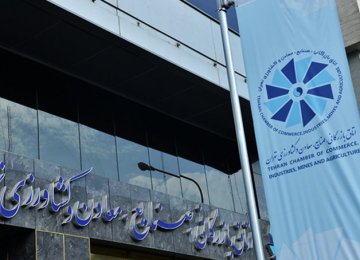
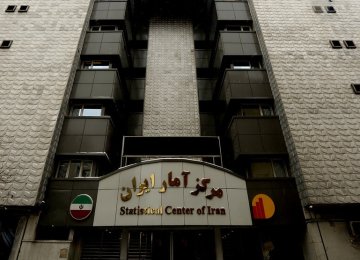
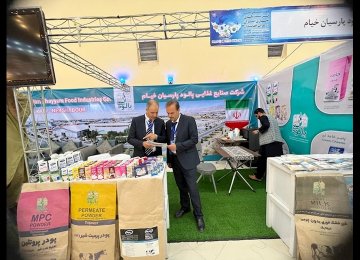

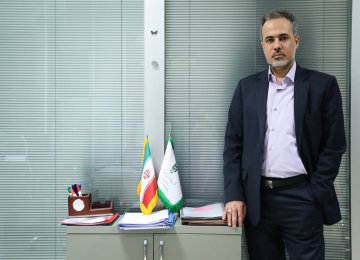
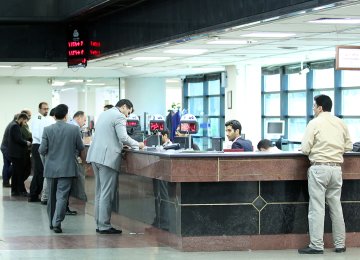
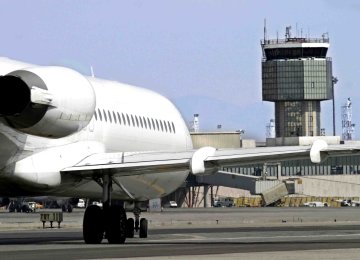


Add new comment
Read our comment policy before posting your viewpoints